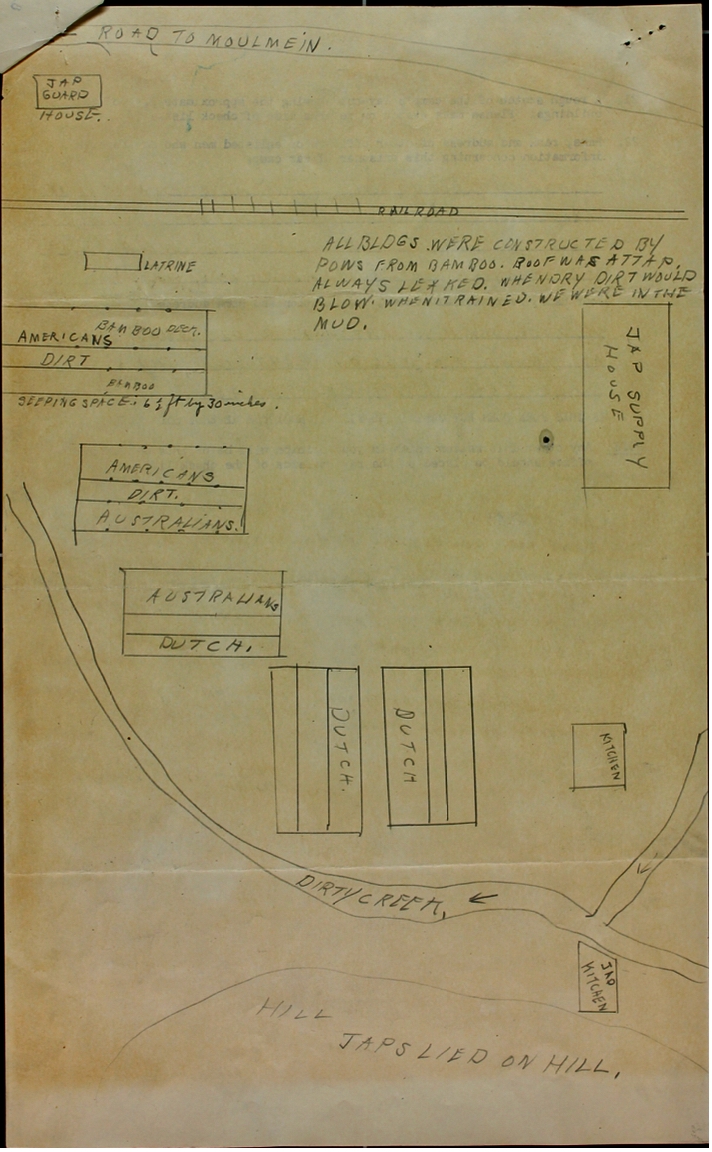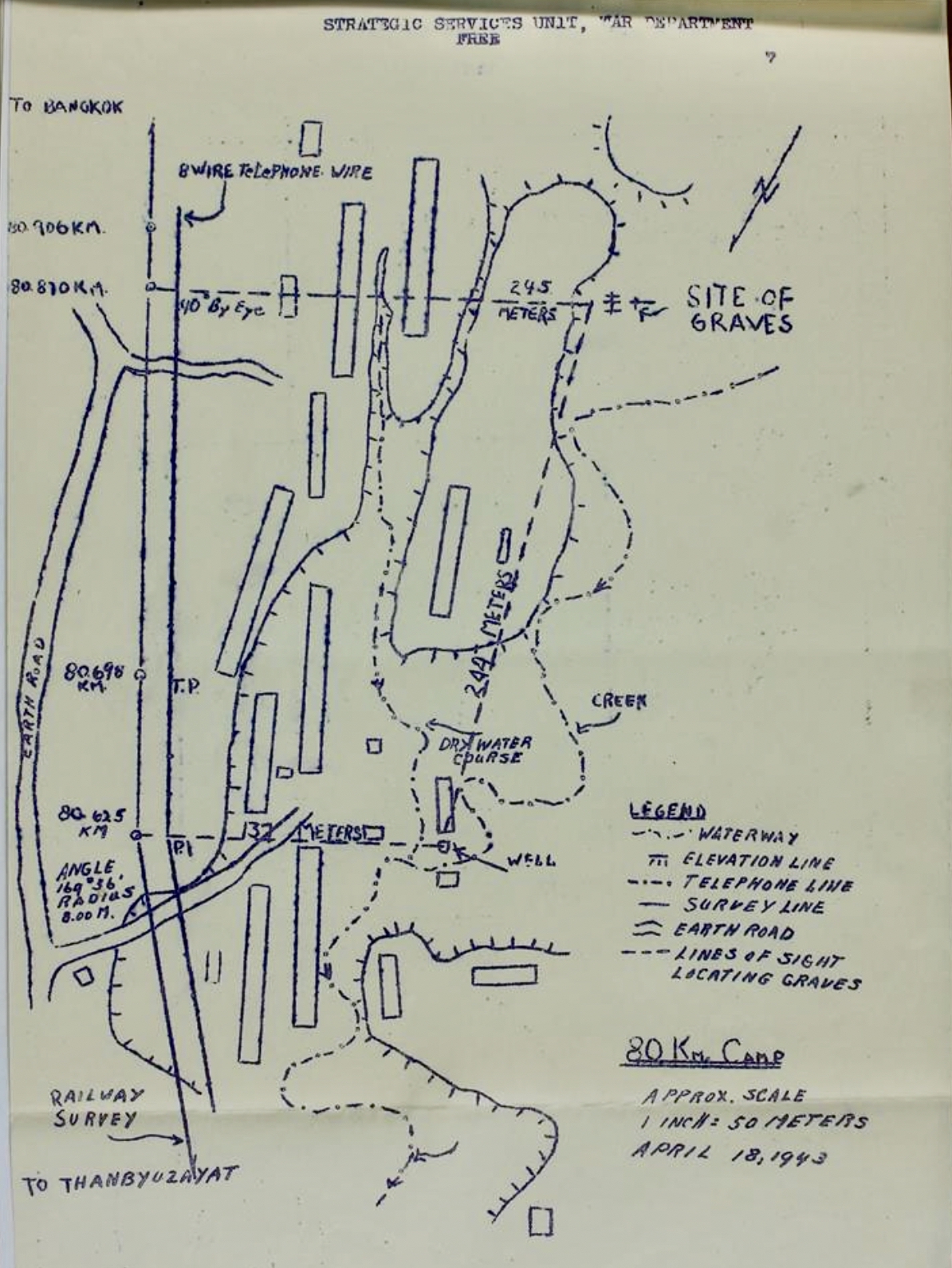Burma Railway Trials Open.
The first of a long series of war crime trials connected with the building by Allied prisoners of war of the Siam-Burma railway has opened at Singapore when Major Totaro Mizutani, Japanese Army, commander of prisoner of war camps in the northern sector, appeared on three charges.
One of the British prosecutors said that Mizutani, with inhuman sadism, wantonly allowed and deliberately inflicted misery and suffering which was impossible for us to realise fully, and is difficult to imagine. The force under Mizutani’s command consisted of 2,000 prisoners of war, including 350 Australians under Major L. J. Robertson.
“As I take you along the Via Dolorosa, which be forced these 2,000 to tread, you will find it strewn with dead and dying, with men lying maimed, sick, and helpless, broken in body and mind by semi-starvation, overwork, disease, and fearful wounds, untended and uncared for,” said the prosecutor.
The charges against Mizutani are:—
That, between January 18 and November 14, 1943, in Burma, he inhumanely treated British, American, Australian and Dutch prisoners of war engaged in the construction of the railway, resulting in the death of hundreds, and the physical suffering of many others. The accused built a Frankenstein—or if he did not literally build an inhuman monster, he built a monster of inhumanity which raged unchecked down the line, leaving pain, suffering, and death in its wake. Although the number of Australian and Dutch deaths can not be fully ascertained, there is ample evidence to prove a dreadful number. Of the 2,000 who set out in January, 1943, it is sworn that not less than 570 had died of starvation, hardship, and lack of care.
“At Kilo 80 hospital camps, 30 Australians died between August 6 and December 7, and there was an unknown number of Australia deaths at another camp. The men were moved from camp to camp with little food and under wretched conditions. After May 8, orders were given that the work had to be completed at all costs. The result was that prisoners were forced to work from sunrise until well after sunset, and frequently until midnight, by the light of fires. The men were driven like slaves beyond their physical strength, while the sick were forced to work with their rations cut by half. About April, 1943, Mizutani forced sick prisoners of war to march by night from Kilo 18 to Kilo 33, carrying their baggage and threatening them with a machine-gun.
Later, Mizutani refused to provide transport for very sick prisoners of war when moving them from Kilo 80 to Kilo 100, and lined them up and lashed the men with his sheathed sword. Those who could scrambled to their feet and were forced to walk. At the hospital at Kilo 80, the sick were virtually abandoned to their fate. Aid was non-existent, and men died in their own filth and lay unburied for days. About half the prisoners failed to survive, and many lost limbs.
Major Totaro Mizutani, who was accused of three separate crimes. First, inhumane treatment of prisoners of war who were working on the Burma Railway, forcing sick prisoners to march more than 200 miles to work while failing to provide adequate food and medical supplies for them. Of roughly 2,000 prisoners in his charge, it was alleged that 570 died. Second, Mizutani was accused of ill treatment of a Burmese civilian who had begged him for food; the Japanese major allegedly burned the victim with a flaming piece of wood.
Third, Mizutani was charged with shooting and killing Fusilier L.W. Wanty, a British prisoner, when he was caught wandering outside his sleeping quarters after lights out.
Mizutani was sentenced to death by hanging.


